The Food Nomad – Travels to Chengdu, the fiery capital of Sichuan Province
It’s been a long overdue trip for me to visit Chengdu, since the last time I was there was in 2007. Although I’m a Bejinger through-and-through, I have a somewhat connection to Chengdu because it’s the city where my dad lives and works, and also one of the cities we have a residence in. My parents shuffle between our homes in Beijing, Chengdu, Hong Kong, and Vancouver on a monthly basis, so although Chengdu, with it’s fiery cuisine and strange local dialect (they also speak very funny Mandarin there!) is still somewhat foreign to me, it has somehow steeped slowly to become a part of our lives.
I can’t remember a day I’ve been in Chengdu without clouds and mist. Because of its bowl-shaped geography, Chengdu is cursed / blessed (depending on how you see it) with year-long fog. It’s always hazy there, and the clouds hang low, making me feel sleepy every time I’m there. Sometimes I wonder if this is the reason for the powerful spicy concoction that gives Sichuanese cuisine it’s particular fame. The punchy flavours act like a shot of the strongest espresso pumped straight through the jugular to zap you out of the foggy stupor. I used to be terrified of spicy food, but after my baptism by fire (literally, in my mouth), I’ve become a hopeless addict of this numbing, fiery cuisine.
When I’m in Chengdu, I crave peppers like a crack addict missing her daily fix. Here are some pictures from my latest escapade in this blazing hot city.
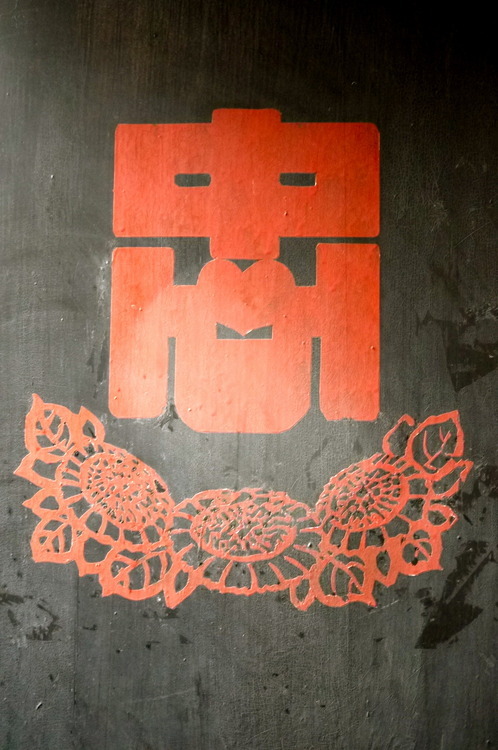
Beautiful rustic door of a local farmer’s restaurant in the outskirt of Chengdu.

Spareribs wok-fried in an abundance of chili peppers and Sichuan numbing peppercorn.
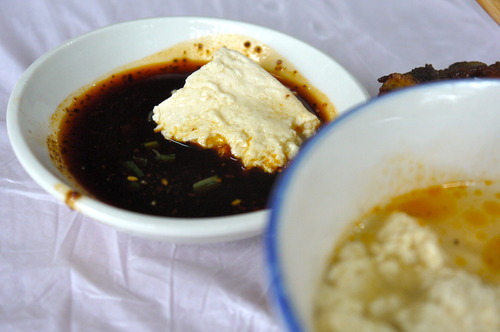
I was not a fan when I saw this, but our driver insisted that this is a local speciality. Home-made tofu boiled in it’s own soy broth, dipped in chili peppercorn oil – I became an instant fan at first bite.
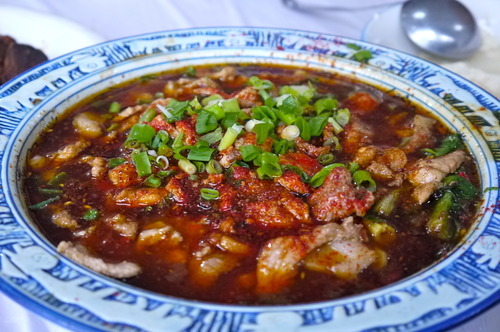
My all time favourite Sichuanese dish, the innocently named “water boiled fish”. The dish is nothing but the opposite – slices of meat (be it fish, pork, beef) simmered in hot chili oil with hundreds of little peppers brimming at the top. This dish makes me sweat just thinking about the peppers!
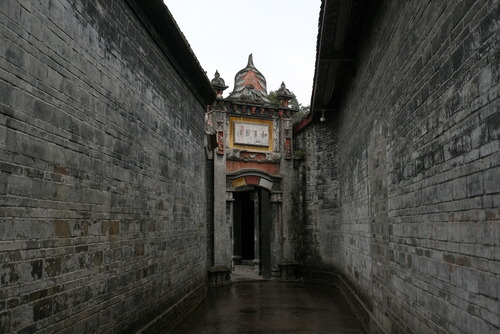
Hauntingly beautiful little corridor we encountered at one of the museums.
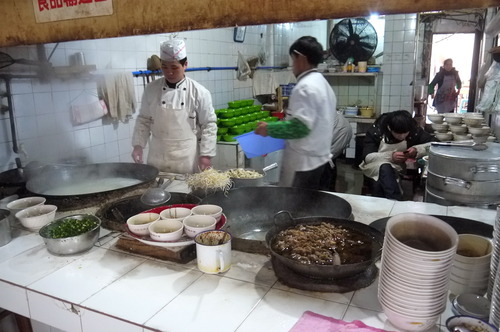
Local township restaurant – interesting experience but not my style.

Steamed dumplings. Most of Sichuanese dumplings are filled with a mixture of lard and meat, which is too greasy for me. The bottom blackish dumpling is a local delicacy, it’s sticky rice filled with a porky lardy filling.

I love this one though! Chewy doughy skin with a tiny bit of pork filling inside, and the dipping sauce was divine! Sweet, salty, spicy.

Rice-covered steamed ribs – not particularly part of the Sichuanese repertoire but it was very good. The meat was “fall off the bone” good.
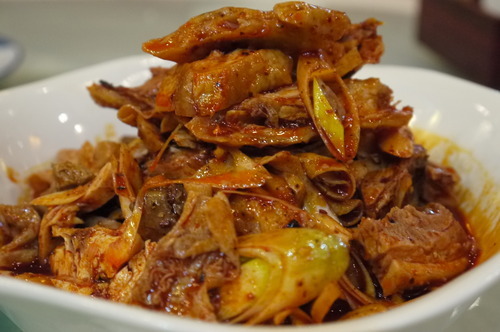
The direct translation of this dish is quite revolting – “saliva chicken”, because it is so delicious and spicy it induces drooling, now, doesn’t the explanation make it sound better?
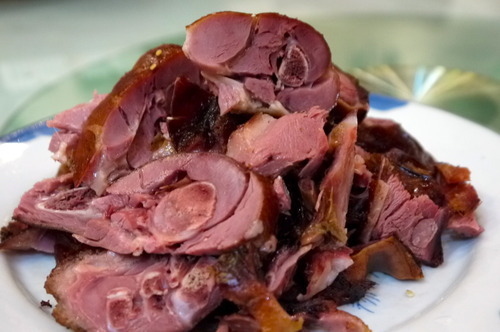
Tea-smoked duck – salty, lean, delicious!
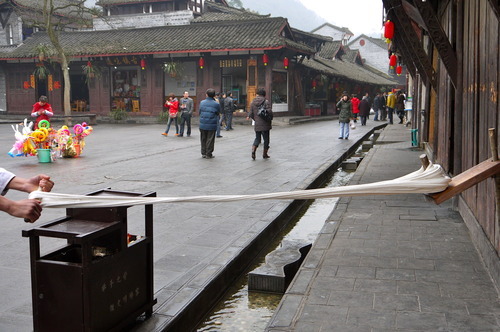
In a little town on the outskirt of Chengdu, we bumped into a man making candy by pulling and folding the sugar. How cool!
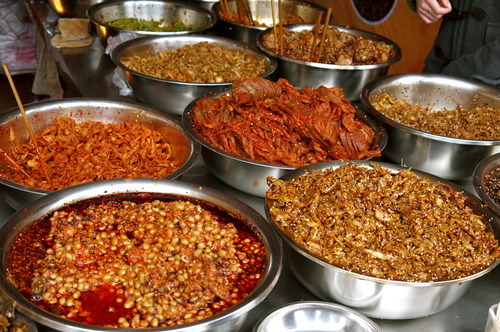
Come to me, chilis!!!!! Preserved vegetables and soy beans, street-side.
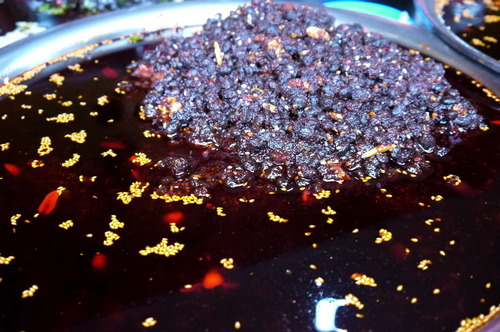
Sometimes, beauty can be found in the speckled depth of a bowl of chili oil
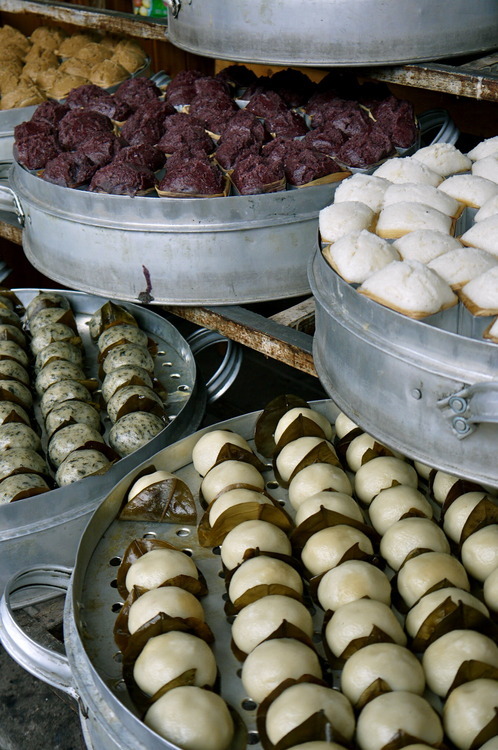
Buns galore!
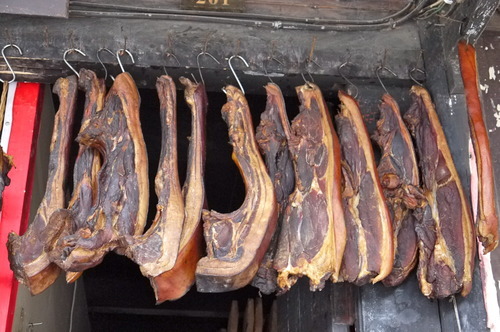
Famous Sichuanese dried meat – when steamed over rice, they yield salty brimy juices that trickle into the rice and perfumes the whole pot.
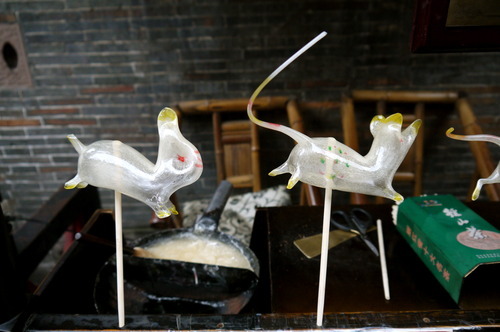
Sugar art – each animal is made of sugar and blown like glass to create their shapes
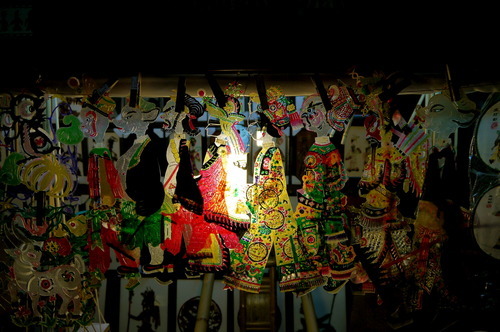
Unfortunately, not edible, but pretty to look at. Traditional leather puppets.
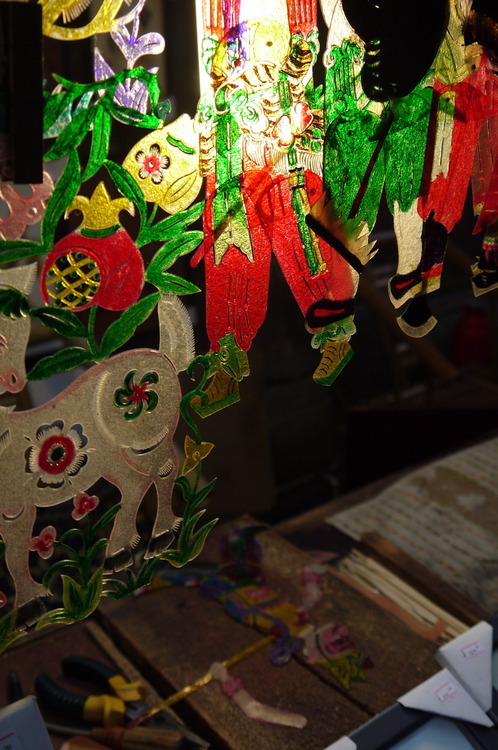
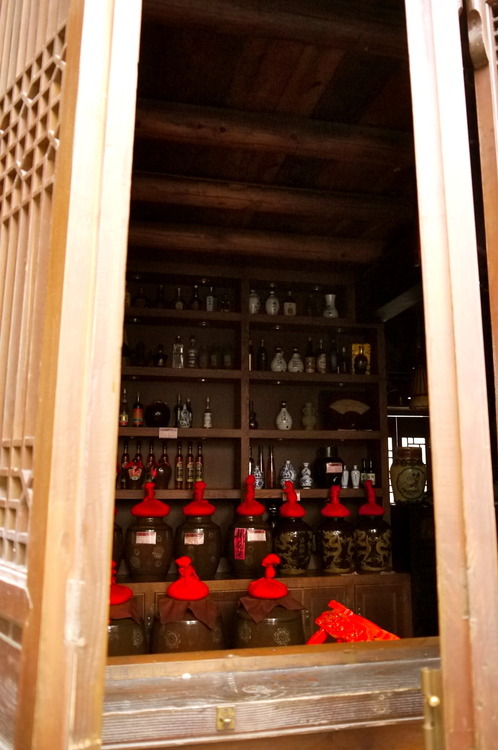
Chinese liquor stock, this is powerful stuff with their 50% alcohol levels
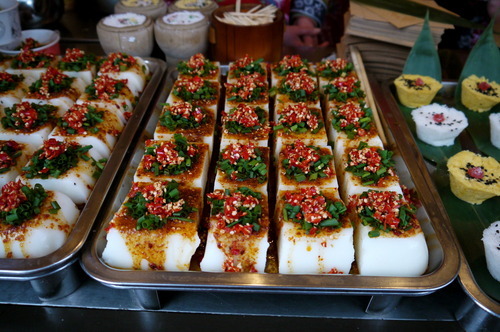
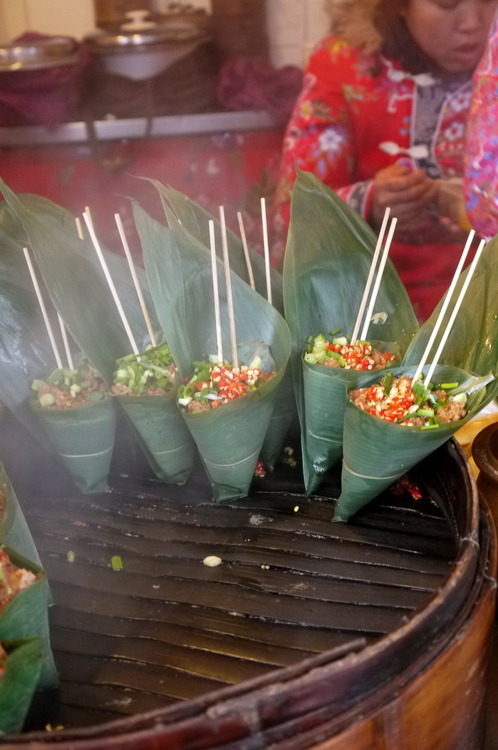
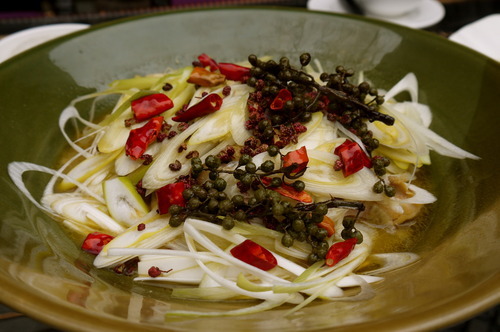
Steamed chicken buried under a mountain of green onions and peppercorn
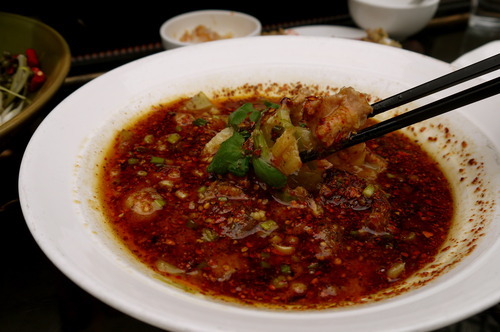
A beautiful thing
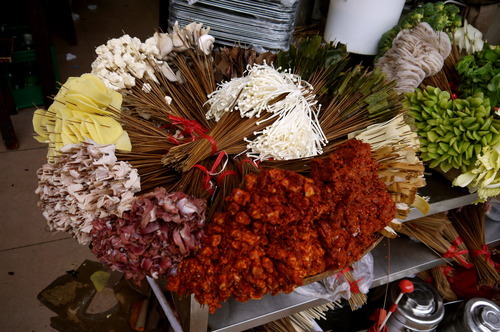
Skewer stand – vegetables, mushrooms on a skewer that can be dipped into a steaming, spicy sauce and cooked in a matter of seconds. I just love the contrasting colours of this simple market stand.









